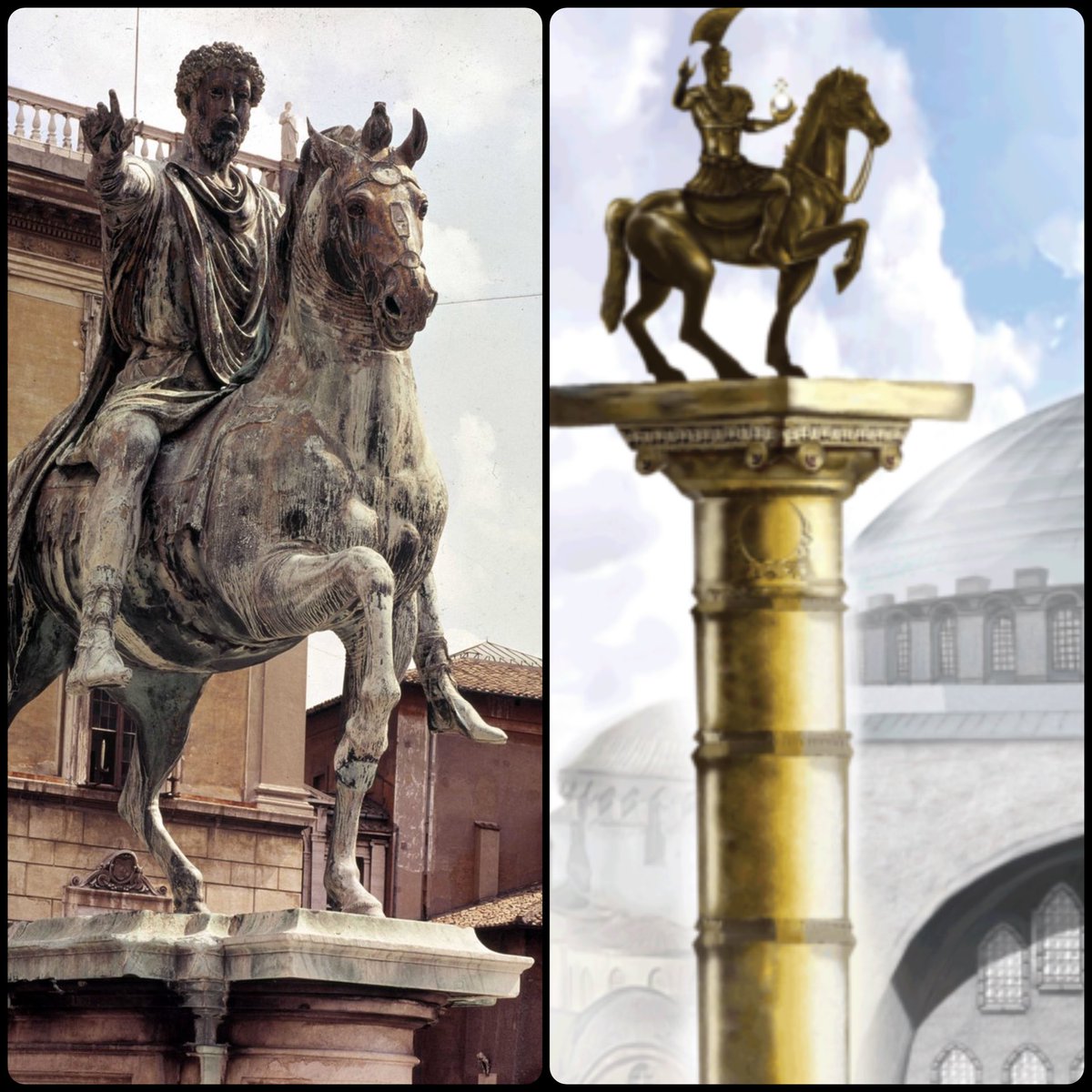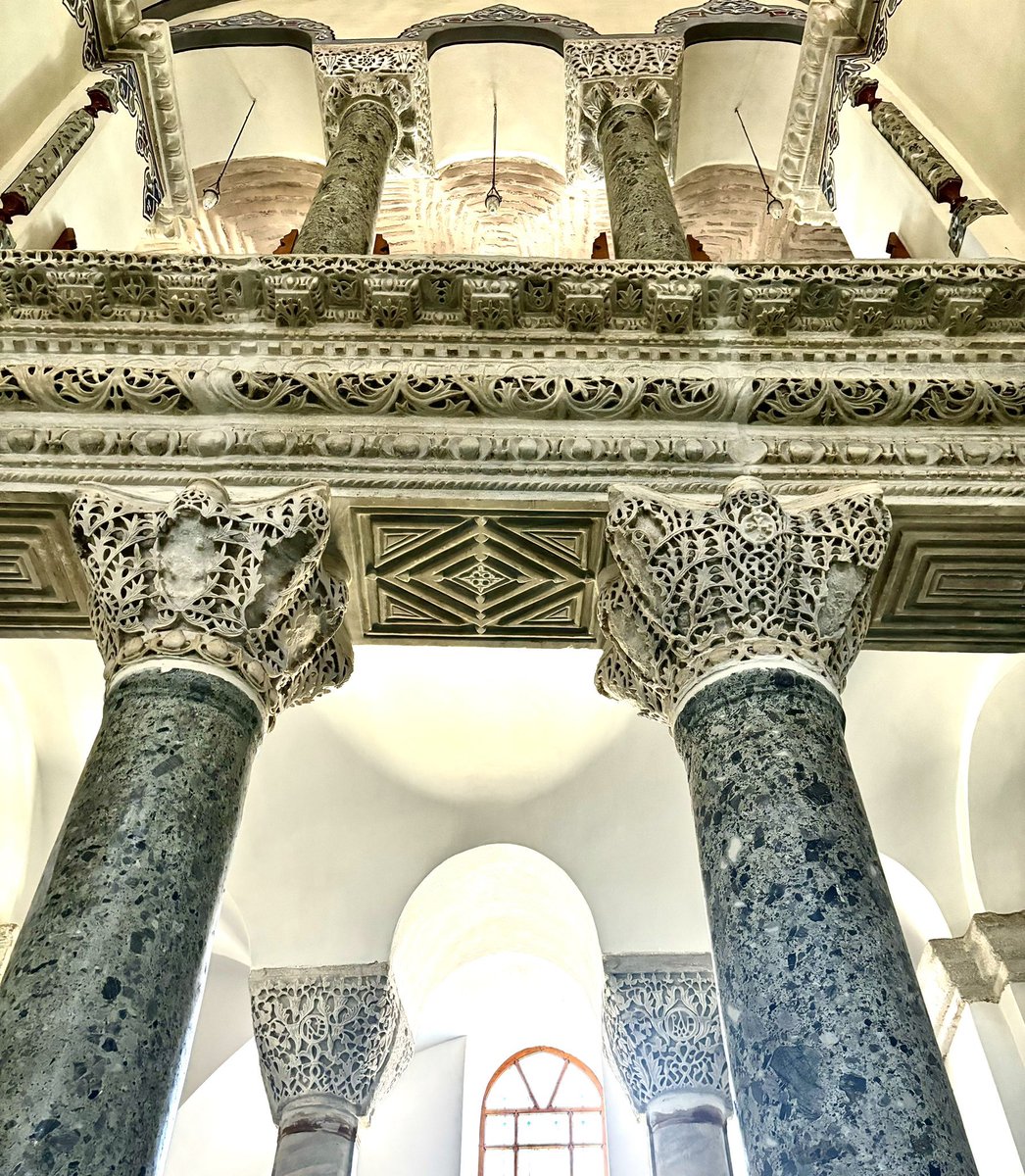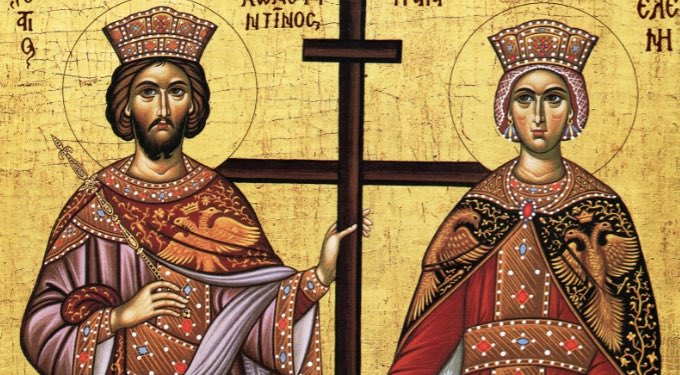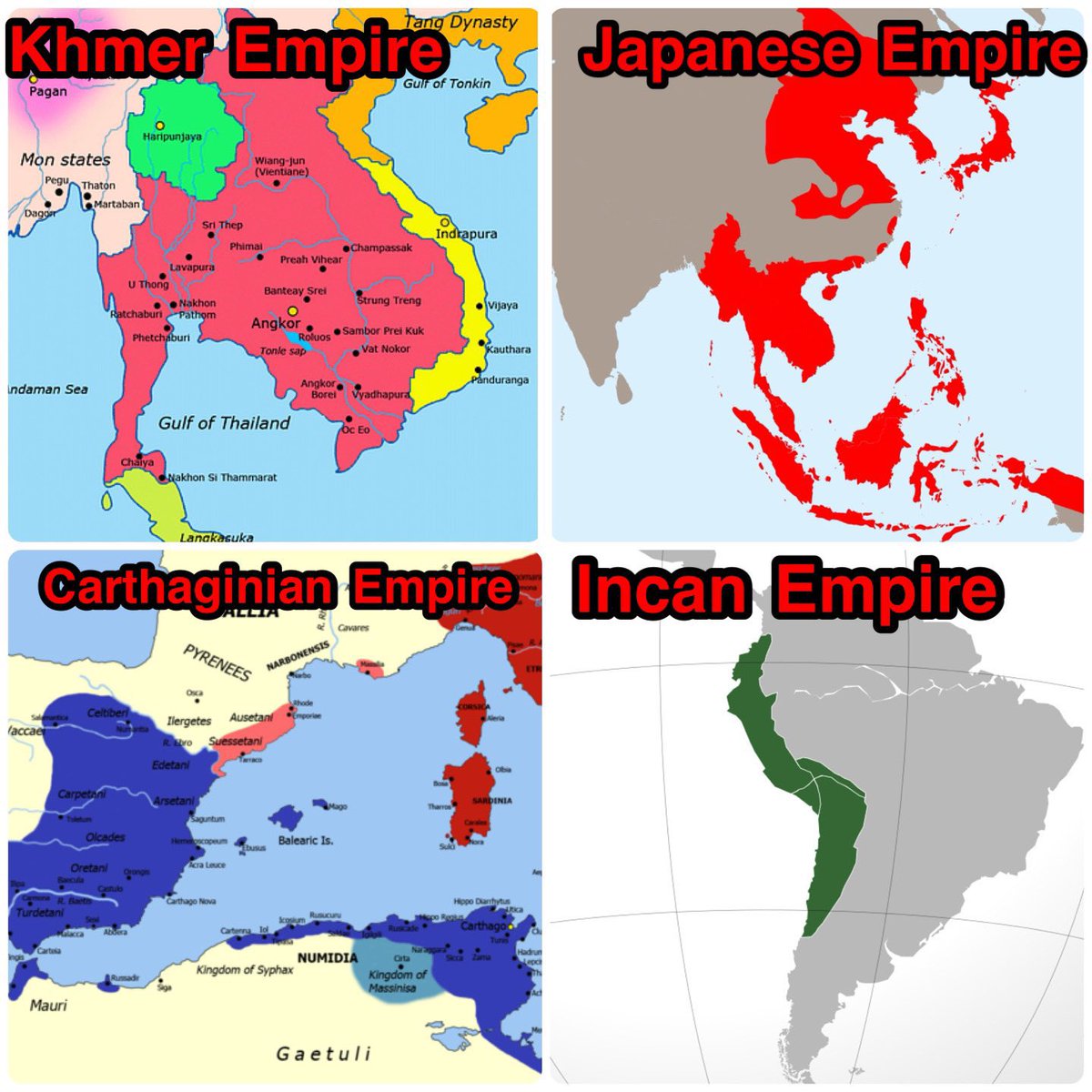The equestrian statue of Marcus Aurelius in Rome is famous. However, the statue of Justinian in Constantinople dwarfed it!
“The horseman could have weighed more than 4425kg” whereas “the equestrian monument of Marcus Aurelius weighs ~2500kg.”
But, moving it was a challenge! 🧵
“The horseman could have weighed more than 4425kg” whereas “the equestrian monument of Marcus Aurelius weighs ~2500kg.”
But, moving it was a challenge! 🧵

The scale was an issue when it came to moving it, and mounting it atop a column. The statue originally was of Theodosius, placed in the Forum of Theodosius.
This statue was reappropriated for use by Justinian. But, putting it atop a tall column was the biggest challenge.
This statue was reappropriated for use by Justinian. But, putting it atop a tall column was the biggest challenge.

“The logistical aspect of the reinstallation of the Theodosian sculpture is particularly notable for our purposes: the removing, the moving, and the lifting of the monument to the top of the triumphal column in the Augoustaion.” 

“Forum Tauri lays 850 m to the west of the forum of Constantine, while the latter is ca. 600 m to the west of the Augoustaion.” 

“This means that the extremely heavy bronze monument had to be first separated from its original base, carefully lowered onto some kind of conveyance, then moved almost two kilometers to the Augoustaion along the Mese over a somewhat hilly terrain.” 

“The Mese would have been the widest route and the most direct avenue for this action. Imperial construction took precedence over other traffic, and by extension over the daily life of the city’s residents.” 

“The traffic movement on the Mese would have come to a standstill for the duration of the sculpture’s travels to the new forum. After the move to the Augoustaion was successfully accomplished, the monument had to be lifted over 50m into the air, set atop the column on a plinth.” 

“This was truly a monumental accomplishment of brilliant engineering. This remarkable undertaking also means that for contemporaries it was no secret from whence Justinian sourced his monument.”
The name of Theodosius was even on the statue!
The name of Theodosius was even on the statue!

Imagine the biggest street in your city having a gigantic statue moving slowly for days or weeks, congesting traffic, disrupting business, etc! 

• • •
Missing some Tweet in this thread? You can try to
force a refresh






















